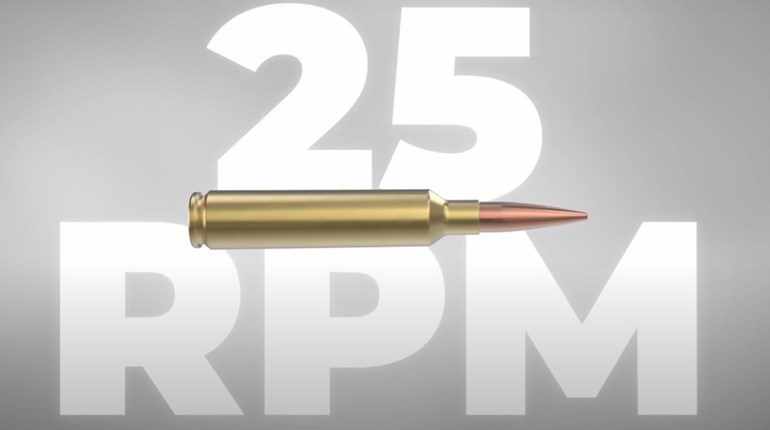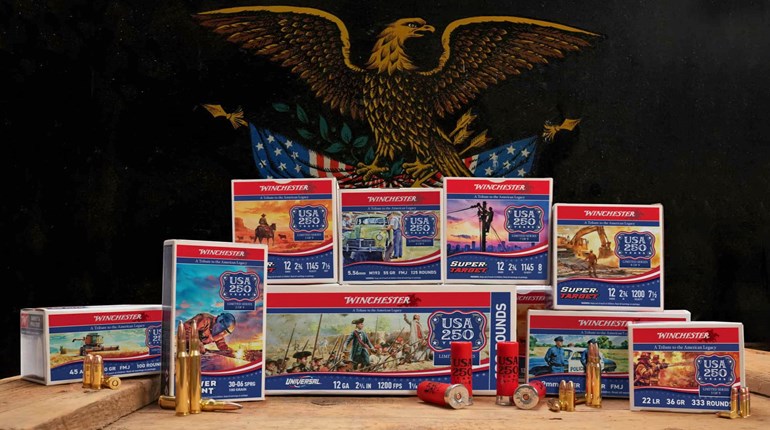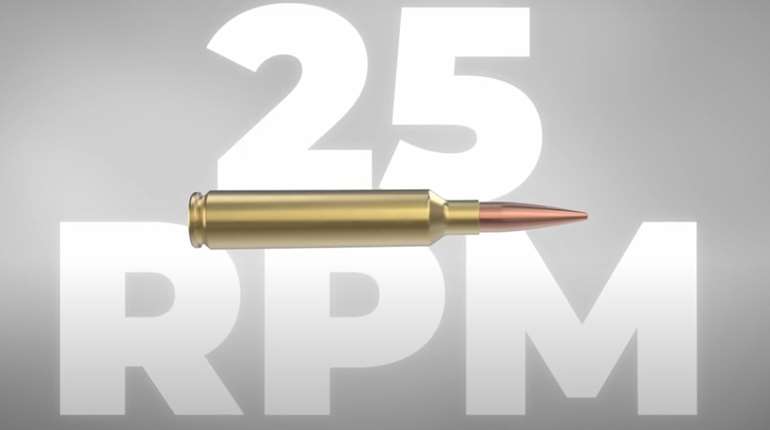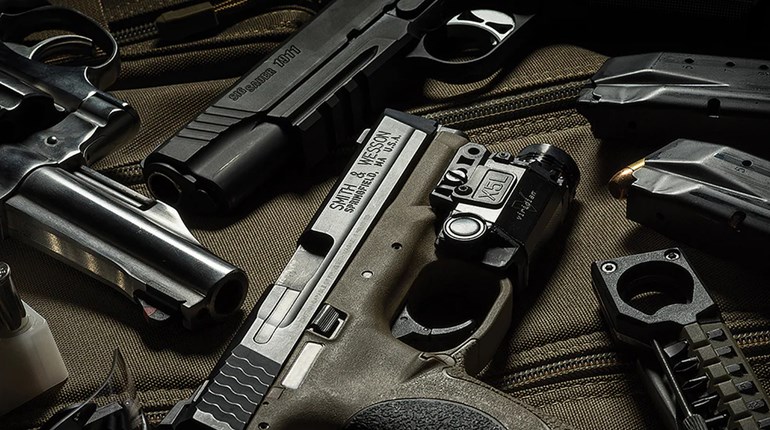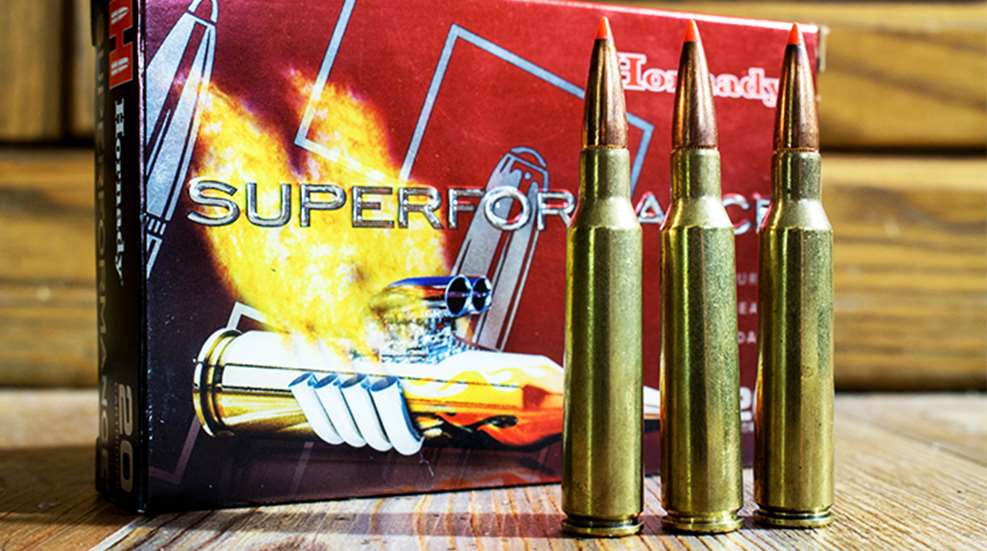
The flurry of cartridge design at the end of the 19th century resulted in some designs which became classics; a good many are still put to good use to this day. The 8x57mm Mauser, the 7x57mm Mauser, the .45-70 Government, the .30-30 Winchester; all are still popular among hunters, and I’d confidently add the 6.5x55 Swedish Mauser to that list.
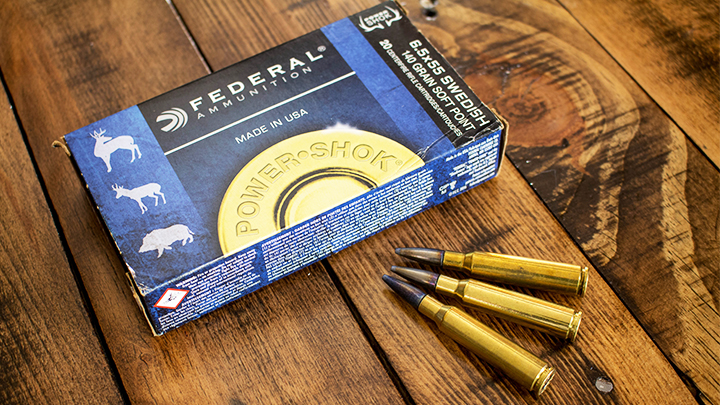
Developed in the early 1890s and adopted by both the Norwegian and Swedish militaries in 1894, the 6.5x55 helped to show the world the effectiveness of a 6.5mm bullet coupled with a proper twist rate. A 156-grain round-nosed bullet at a muzzle velocity between 2150 fps and 2380 fps—depending on which rifle and barrel length you look at—in the Swede case produced much the same results as the 6.5x54 Mannlicher-Schöenauer and 6.5x52mm Carcano of the same era: the long, heavy-for-caliber bullets would retain a fair amount of energy downrange, and the considerably low recoil made for effective shooting. Walter Bell used the Mannlicher-Schöenauer and 156-grain full metal jacket bullets to account for roughly 300 elephants; I have no reason to doubt the 6.5x55mm would have given the same results. In 1941, the chosen military projectile was changed, with a 140-grain spitzer bullet getting the nod.
The ‘Swede’ uses a case of—you guessed it—55mm, or 2.165 inches, while maintaining a maximum cartridge overall length of 3.150 inches. It is a rimless design, though the rim used for this cartridge is larger in diameter than that of the 8x57 Mauser-based cases (0.479 inches for the Swede vs. 0.473 inches for the Mauser family) and is also a bit thicker. The 1:8.66-inch twist rate allows bullets weighing up 160 grains to be properly stabilized. Headspacing is handled by a shoulder of 25 degrees, 17.5 minutes; a neck length of 0.313 inches gives excellent bullet tension. Because of the length of the cartridge, the Swede must be housed in a long-action receiver. Over the years, the slight dimensional variations of the 6.5x55mm over the years—there were rumors that Norwegian and Swedish rifle chambers were cut differently—resulted in C.I.P. adopting a standardized set of dimensions, and designating the cartridge the 6.5x55 SE, with the SE being the country code for Sweden.
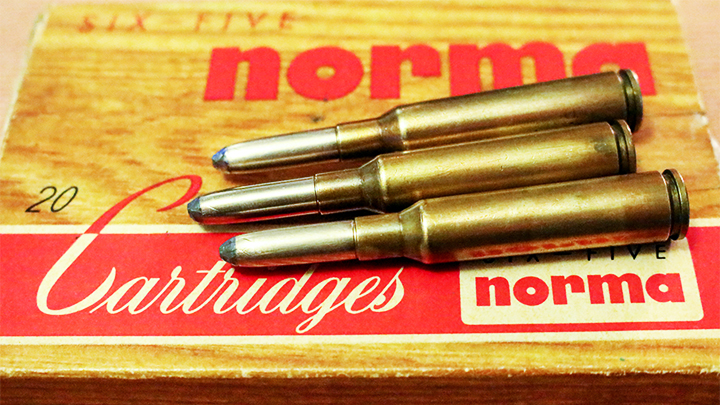
Looking at the hunting ammunition, the selection of choices for the Swede shows the Scandinavian roots. For years, Norma was the primary source of hunting ammunition, and they still have a diverse lineup for the cartridge. They load the 120-grain Nosler Ballistic Tip, 140-grain Nosler Partition, the 143-grain Bondstrike, and—perhaps my personal favorite—the 156-grain Oryx. That bullet has a Sectional Density of 0.320, and has the base of the jacket chemically bonded to the lead core; at a muzzle velocity of 2560 fps, it will offer fantastic penetration yet still give good expansion at the nose. Both Lapua and Sellier & Bellot offer soft-point hunting ammunition (in addition to many target choices), as does Serbia’s Prvi Partizan and Germany’s RWS. The cartridge is popular for almost all the European game species, including moose.

The U.S. companies also offer a decent selection of hunting ammunition. Hornady has a 140-grain SST load in their Superformance line—at 2735 fps it is the equal of the 6.5 Creedmoor—and the 140-grain lead-free GMX in the Custom International line. Federal loads the 140-grain Fusion bullet at 2530 fps and the 156-grain Fusion at 2500 fps, and Federal’s Power-Shok line includes a 140-grain moly-coated cup-and-core bullet at 2650 fps. Nosler offers the 140-grain AccuBond (and the more I use this bullet in the field, the more I like it) at 2650 fps in their loaded ammunition. Winchester loads their 140-grain Power-Point bullet for the 6.5x55 Swedish, at a muzzle velocity of 2550 fps.
If it seems that the muzzle velocities are a bit anemic for a cartridge with a case larger than the .260 Remington or 6.5 Creedmoor—the Swede holds about 4.5 to 5.5 grains more water, depending on brand of case—it is likely due to the older military rifles that can’t handle the higher pressures. Handloading is one means of getting the most out of the Swede case; look to powders in the IMR4350/H4350/AA4350 to Reloder 22 to H4831SC range, sparked by a large rifle primer. I had great results with Reloder 19, a 130-grain Swift Scirocco II and Federal’s Gold Medal Match GM210M primers, at a muzzle velocity of 2725 fps. Dies are readily available, and the RCBS #2 shell holder or equivalent (the same as used for the .30-30 Winchester) will be needed.
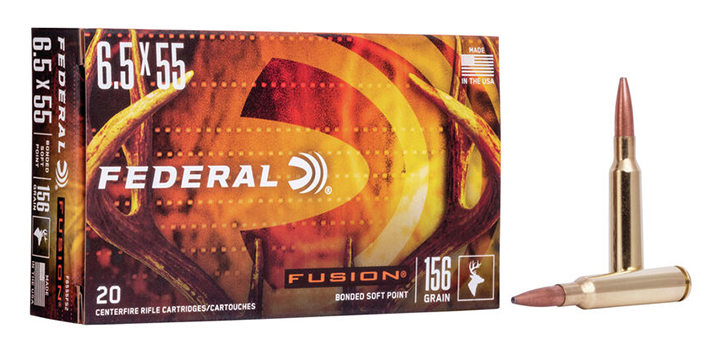
There are a good number of rifles available in 6.5x55, including the Sako 85 and Tikka T3, the CZ-USA 557 American, the Howa Legacy and the Sauer 100 Classic. Over the years, the Ruger No. 1, Winchester 1885 Low Wall, Remington 700 Classic and the Winchester Model 70 Featherweight have all been offered in the 6.5x55 Swedish, in addition to the multitude of converted military rifles. My pal Mike McNulty loves his Sako 85 chambered for the old cartridge, taking it to New York’s Adirondacks each year for our deer and black bear season; that rifle is wonderfully accurate, and has enough horsepower to cleanly take either species.
In spite of the recent explosion of 6.5mm cartridges—beside the equally loved and hated Creedmoor, we have the 6.5-300 Weatherby Magnum, the 6.5 PRC, the .26 Nosler and more—the 6.5x55 Swedish was cool before any American 6.5 was cool. In its own era, it rose to the top even among other military cartridges like the 6.5x52 Carcano and 6.5x54 Mannlicher-Schöenauer, and like the .30-30 Winchester, continues to serve Scandinavian hunters each and every season. With the combination of terminal ballistics, flat trajectory and minimal recoil, I don’t see the Swede going anywhere soon; while there may be a shine of some of the modern releases in the 6.5mm bore diameter, for the practical hunter the 6.5x55 still makes a sound choice.
Looking for previous installments of our "Behind the Bullet" series? We've got you covered.
• .416 Remington Magnum
• .300 Winchester Short Magnum
• 28 Nosler
• 6.5 PRC
• .22 WMR
• .458 Winchester Magnum
• .22 Hornet
• .280 Ackley Improved
• .240 Weatherby Magnum
• .458 Lott
• .264 Winchester Magnum
• .348 Winchester
• .33 Nosler
• .260 Remington
• .30-30 Winchester
• .416 Rigby
• .358 Norma Magnum
• .22 LR
• 7mm-08 Remington
• 8mm Remington Magnum
• .338 Federal
• .224 Valkyrie
• .338-06 A-Square
• 9.3x62mm Mauser
• .257 Weatherby Magnum
• .45-70 Government
• .300 H&H Magnum
• .25-06 Remington
• .30-06 Springfield
• 6.5 Creedmoor
• .300 Remington Ultra Magnum
• 7mm Remington Magnum
• .470 Nitro Express
• .280 Remington
• .300 Winchester Magnum
• .270 Winchester
• .222 Remington
• .45 ACP
• .404 Jeffery
• .44 Remington Magnum
• .41 Remington Magnum
• .243 Winchester
• .338 Winchester Magnum
• .357 S&W Magnum
• 6.5-284 Norma
• 8x57 Mauser
• .38 Smith & Wesson Special
• 7x57mm Mauser
• 9mm Luger
• .35 Whelen
• .454 Casull
• .375 H&H Magnum
• .45 Colt
• .22-250 Remington
• 10mm Auto
• .308 Winchester












